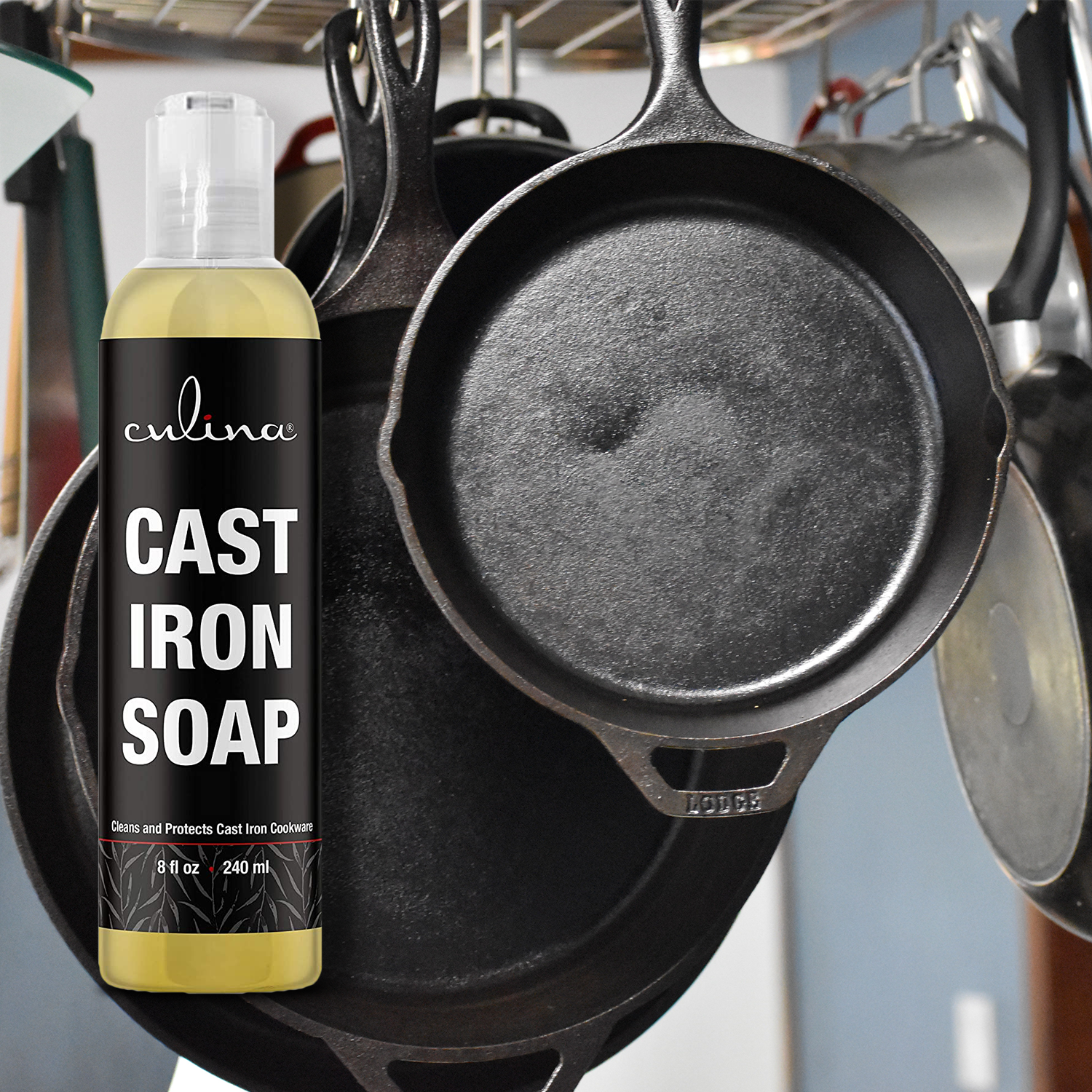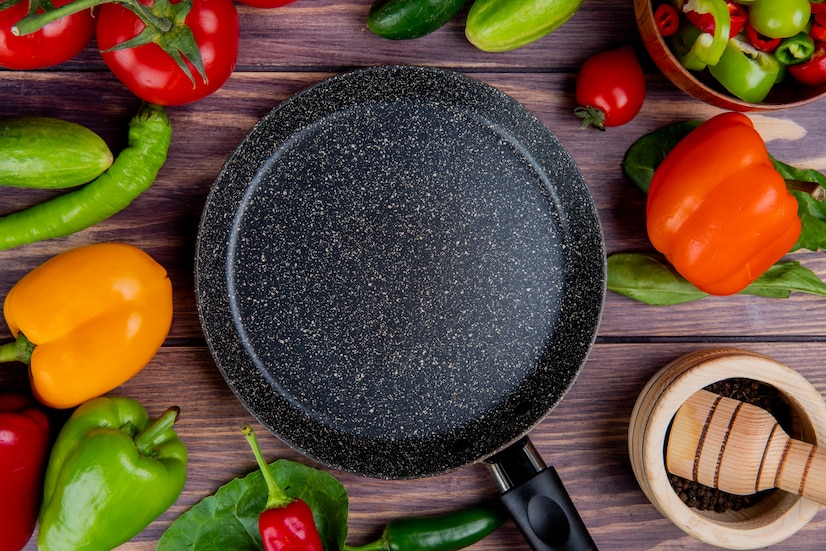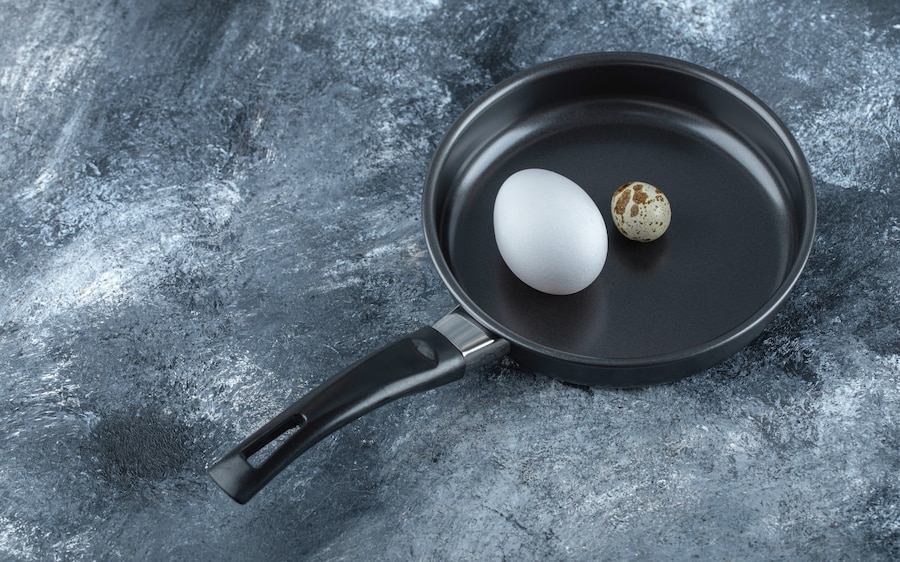How to cook dry aged ribeye cast iron skillet is a question that excites many home chefs. This delectable piece of meat, known for its rich flavor and tender texture, deserves the best cooking technique to bring out its full potential. In this article, we’ll dive deep into the art of cooking this luxurious steak in a cast iron skillet, ensuring you achieve a mouthwatering result every time.

The Appeal of Dry Aged Ribeye
Dry-aged ribeye is a premium cut of beef that has been aged in a controlled environment to enhance its flavor and tenderness. The aging process allows natural enzymes to break down the muscle tissue, resulting in a steak that is incredibly flavorful and tender. Cooking this cut in a cast iron skillet is one of the best methods to achieve a perfect sear and evenly cooked interior.

Choosing Your Ribeye
Before diving into the cooking process, it’s crucial to select a high-quality dry aged ribeye. Look for cuts with good marbling, as this fat will render down during cooking, adding flavor and juiciness to your steak.

Prepping Your Kitchen
Ensure your kitchen is well-ventilated, as cooking a ribeye can generate some smoke. Open windows and use your kitchen fan to keep the air clear.

Tools and Ingredients You’ll Need
Essential Tools
- Cast iron skillet
- Meat thermometer
- Tongs
- Sharp knife
Key Ingredients
- Dry aged ribeye steak
- Salt and pepper
- Olive oil or butter
- Fresh herbs (optional)
Preparing the Ribeye
Seasoning
Generously season your dry aged ribeye with salt and pepper. Allow the steak to sit at room temperature for at least 30 minutes before cooking. This helps the seasoning penetrate the meat and ensures even cooking.
Preheating the Skillet
Place your cast iron skillet on the stove over high heat. Let it preheat for about 5-7 minutes until it’s very hot. A properly preheated skillet is crucial for achieving a good sear.
Cooking the Ribeye
Searing the Steak
Add a tablespoon of olive oil or butter to the hot skillet. Carefully place the ribeye in the skillet, searing one side for 3-4 minutes without moving it. This step creates a flavorful crust. Flip the steak and sear the other side for another 3-4 minutes.
Checking Temperature
Use a meat thermometer to check the internal temperature of the steak. For medium-rare, aim for 130F. Remember that the steak will continue to cook slightly after being removed from the skillet.
Resting and Serving
Once the ribeye has reached your desired doneness, remove it from the skillet and let it rest for about 5-10 minutes. This allows the juices to redistribute throughout the meat, ensuring a moist and tender steak.
Cooking Tips and Tricks
Basting the Steak
For added flavor, try basting the steak with butter and fresh herbs like thyme or rosemary during the last few minutes of cooking. This infuses the meat with additional richness and aroma.
Using a Press
A cast iron press can help achieve an even sear by applying constant pressure to the steak. This is especially useful for thicker cuts of ribeye.
Caring for Your Cast Iron Skillet
Maintaining your cast iron skillet is essential for optimal cooking performance. After each use, clean your skillet properly to remove food particles and prevent rust. Visit our cleaning guide for more information.
Serving Suggestions
Pair your perfectly cooked dry aged ribeye with classic sides like roasted vegetables, mashed potatoes, or a fresh garden salad. A glass of red wine or your favorite beverage can also complement the rich flavors of the steak.
FAQ
1. Why use a cast iron skillet for cooking ribeye?
A cast iron skillet retains heat exceptionally well, allowing for a perfect sear and even cooking. It also adds a rich, smoky flavor to the steak.
2. How do I know when the ribeye is done?
Use a meat thermometer to check the internal temperature. For medium-rare, aim for 130F. Remember to let the steak rest after cooking.
3. Can I cook a dry aged ribeye without a cast iron skillet?
While a cast iron skillet is preferred for its heat retention and flavor, you can also use a stainless steel or heavy-duty nonstick skillet. However, the results may vary.
Additional Resources
For more information on cooking techniques and recipes, check out Taste of Home’s skillet steak recipe.
Conclusion
Cooking the perfect dry aged ribeye in a cast iron skillet is a rewarding experience that elevates your culinary skills. With proper seasoning, a hot skillet, and careful monitoring, you can achieve a delicious and memorable meal every time.
As an Amazon Associate, I earn from qualifying purchases.
As an Amazon Associate, I earn from qualifying purchases.

